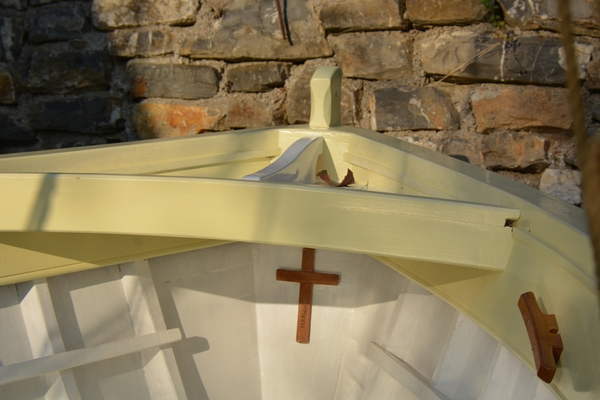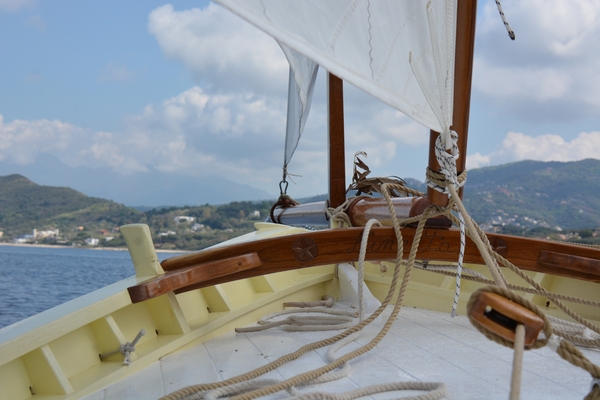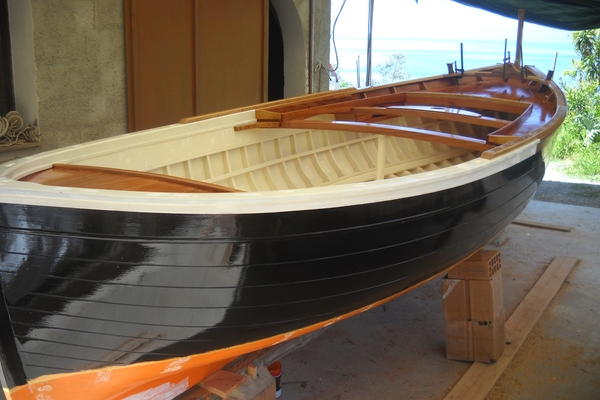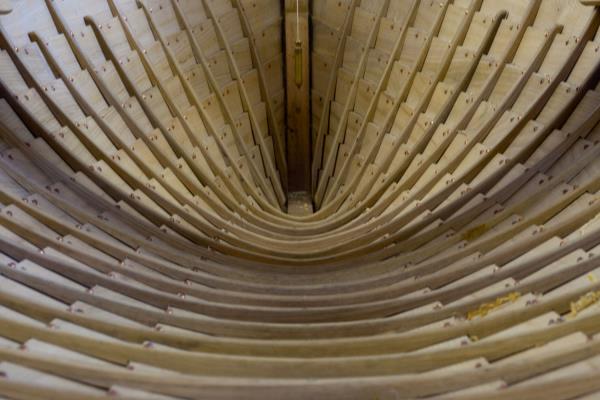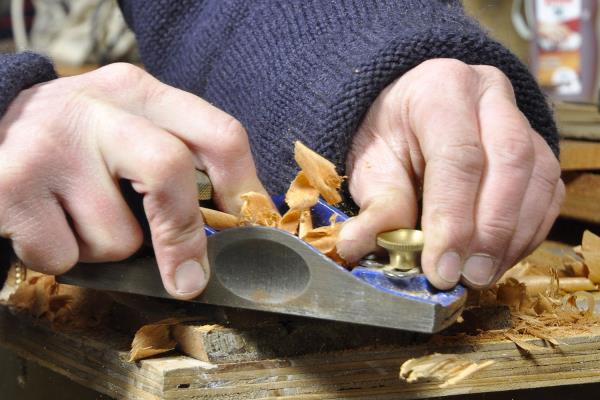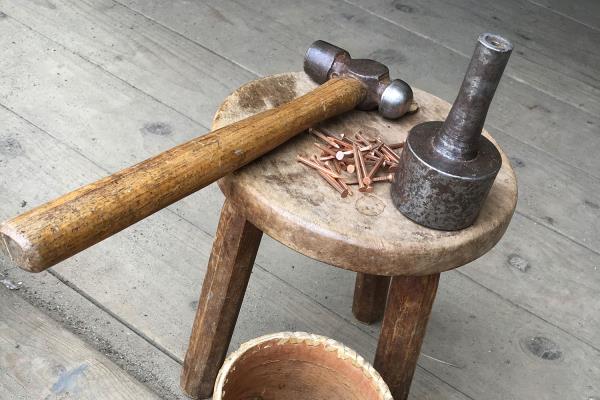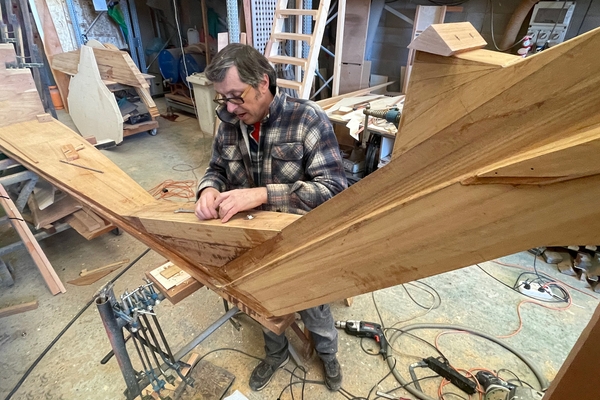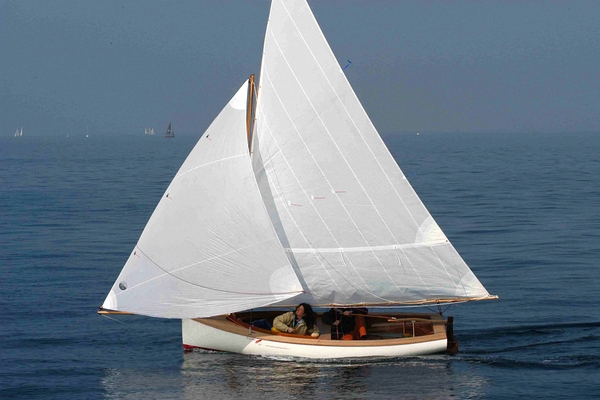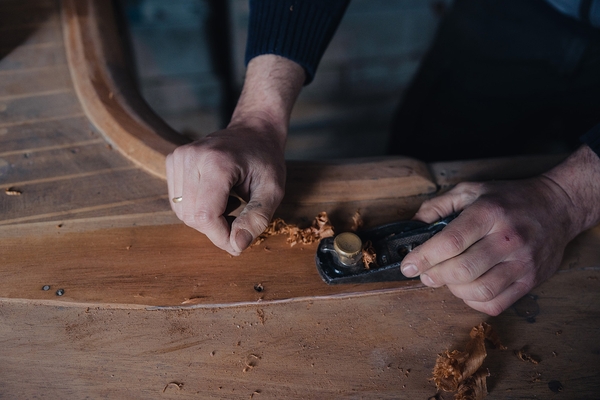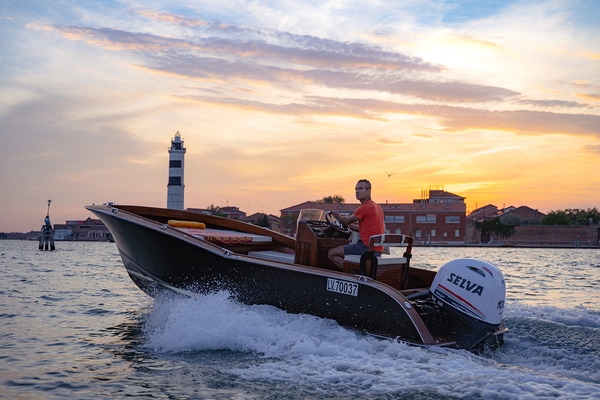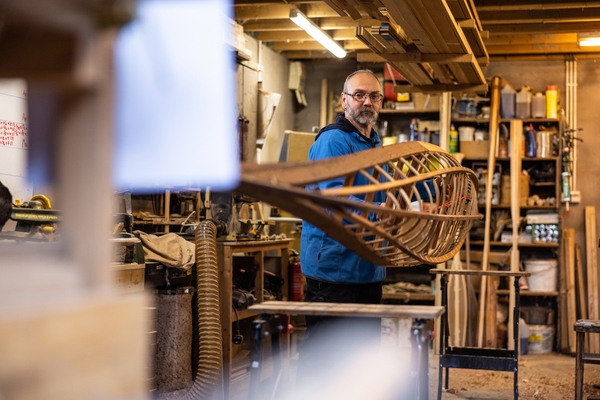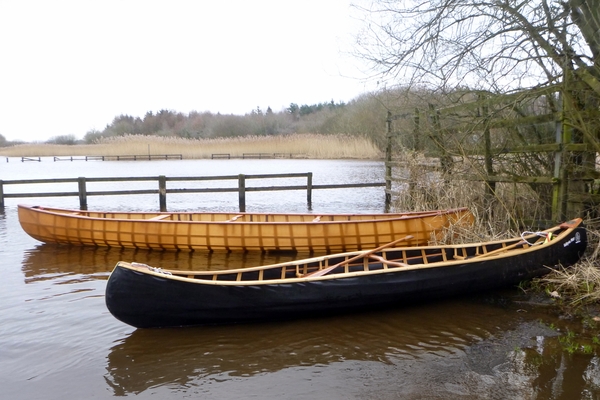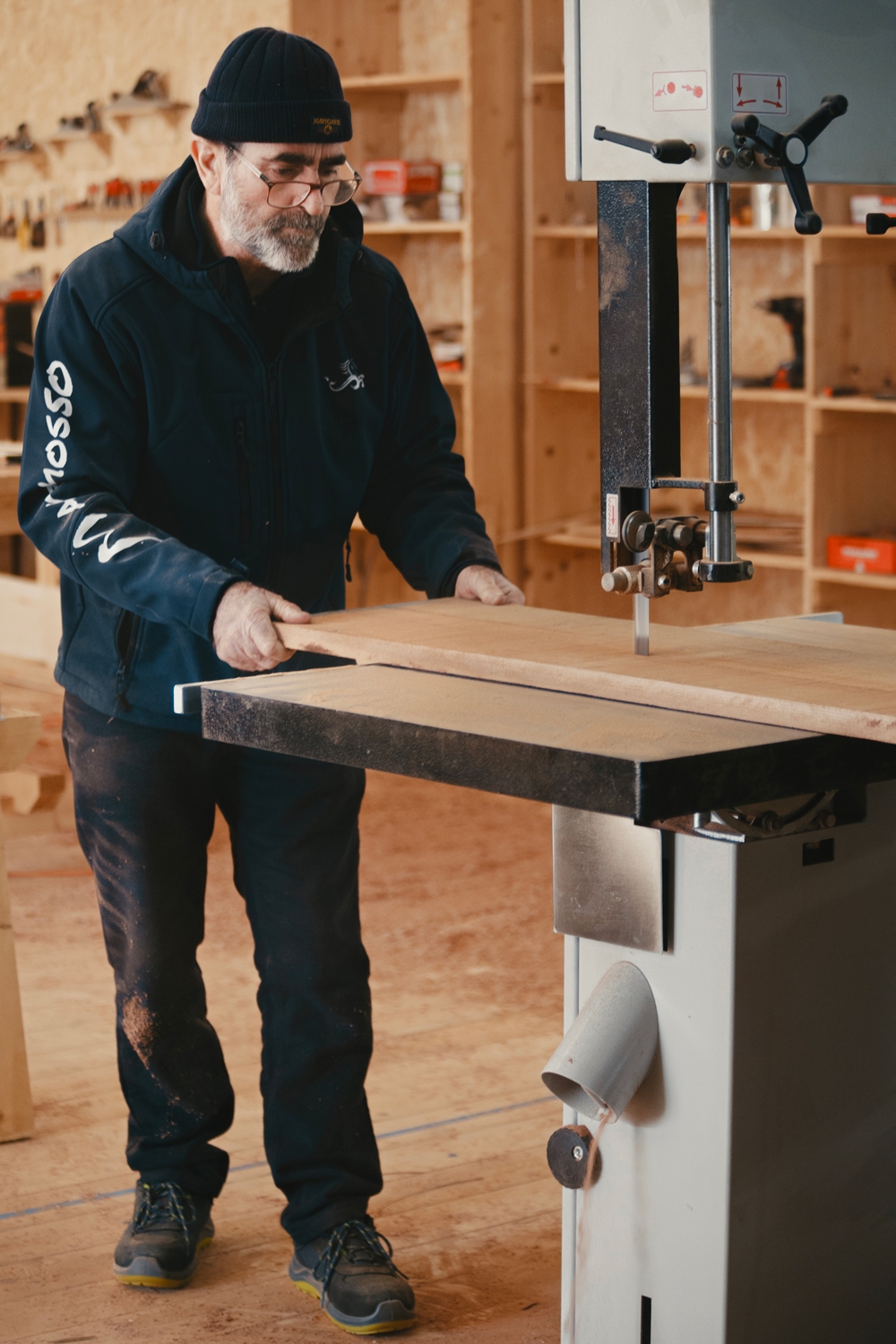
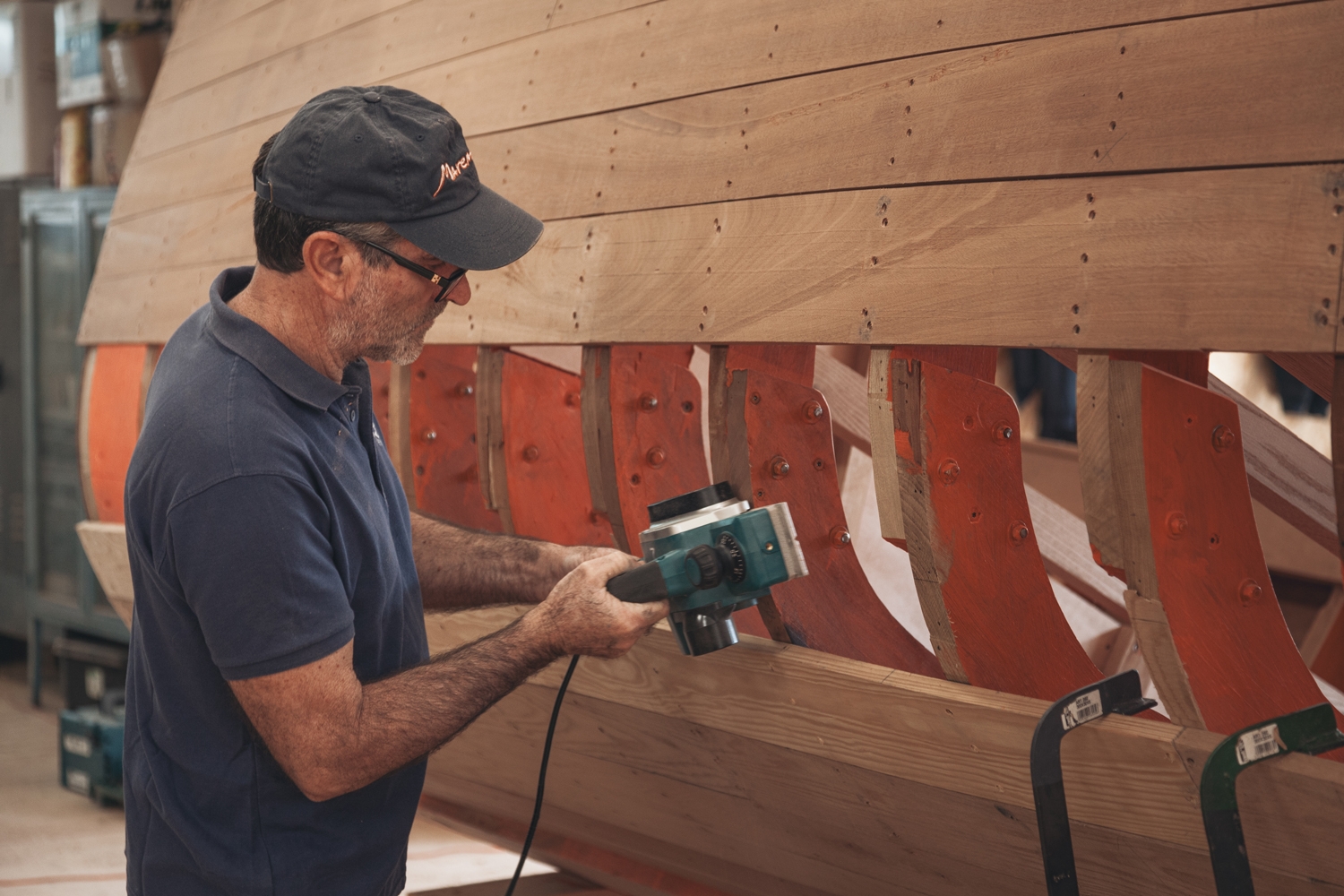
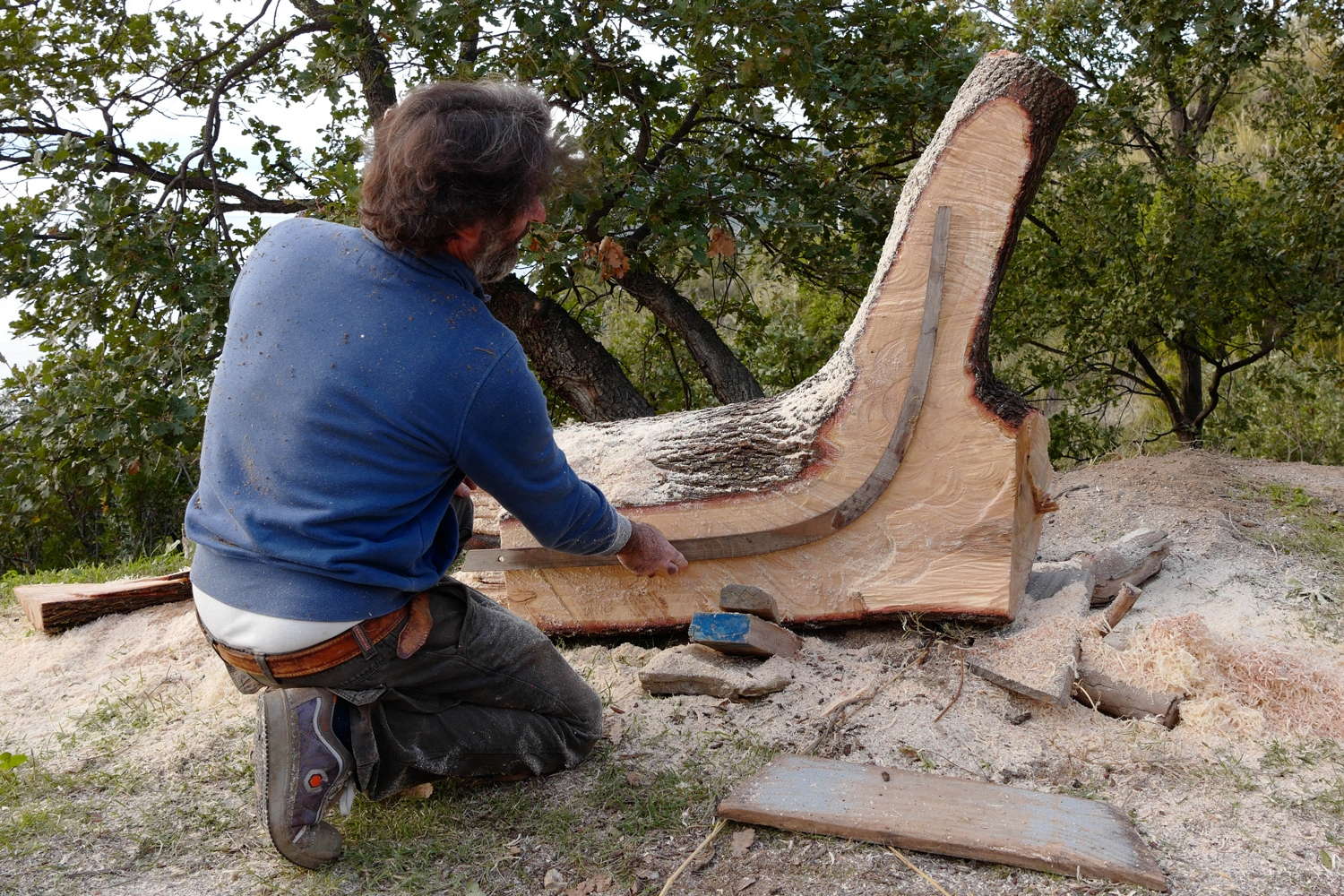
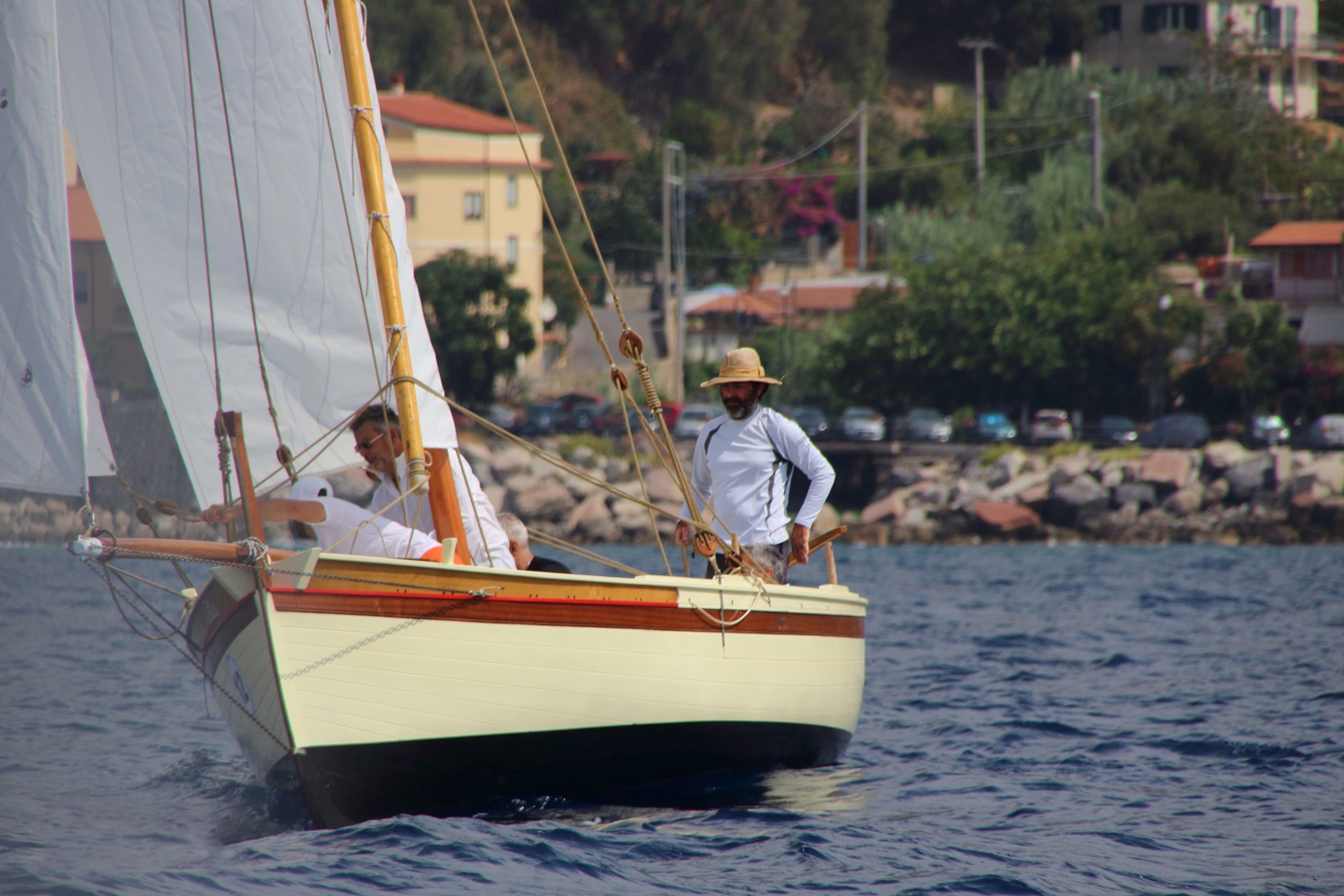




Giovanni Cammarano
Rigour and skill for there are no taverns at sea
- Giovanni is one of the few remaining shipwrights in Italy
- In his workshop, he builds and renovates small and medium-sized wooden boats
- He feels a responsibility to avoid the loss of the stories and ancient knowledge passed down to him
As long as he can remember, boats have always been a part of Giovanni Cammarano's life. In Pisciotta, a small village in the Cilento region where he grew up and now works, wooden gozzo boats used to crowd the beaches and the harbour. Today, many things have changed. On the coast, wooden boats have almost disappeared and in their place are resin boats. "What distinguishes a handcrafted boat is that it has a soul. Its creation is the result of centuries of tradition and craftsmanship, and every part of it bears the mark of its creator's passion and hard work," shares Giovanni. Each boat made by Giovanni is unique. He continues, "When I finish building a boat, I struggle to detach myself from it and wish I could keep it." Trained by two local Maestri d'Ascia, Giovanni feels a great responsibility to preserve the savoir-faire, stories and beliefs that exist in this traditional craft, though his ability to pass on his skills to the next generation is a concern.
Interview
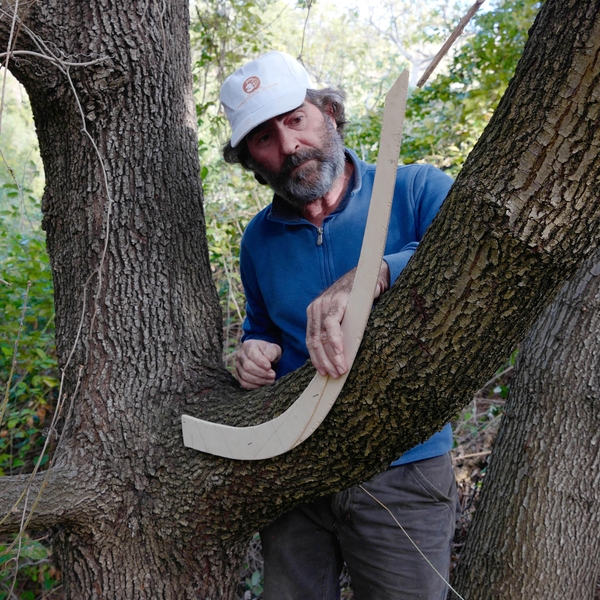
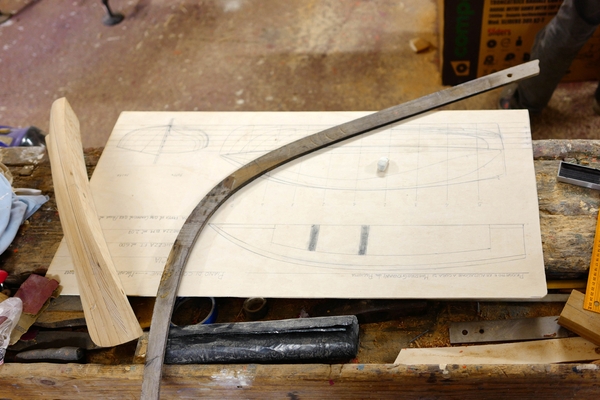
- What training did you follow to become a boat builder?
- I learnt my trade by attending the workshop of two shipwrights from Pisciotta: brothers Vincenzo and Vito Fariello. From the age of eight, I watched them work and imitated their gestures. When they retired, they decided to hand over their business to me, giving me their tools and their customers. I became a shipwright like them in 1995. The title of Maestro d'Ascia is recognised by the navigation code and allows me to build boats of up to 150 tonnes.
- Is there something about your profession that people are surprised about?
- The selection of timber is often overlooked, yet it must be done with great care. Tradition has taught us to respect precise natural phases for cutting the plant, a mixture of ancient science and folklore. It must take place during the waning lunar phase and the plant must not be in bloom, so the wood will be drier and less prone to mould. This is the only way to achieve impeccable results.
- What does ‘artfully made’ mean to you?
- Especially in my work, it is essential to work in a rigorous manner. During the work phases, we must work carefully, applying the secrets of the profession. You cannot improvise, you have to work hard and acquire the necessary knowledge. When building a boat, tradition has taught us to assume there will be cases of force majeure, and that is why we place a cross on the bow of every boat.
- How is your profession linked to Italy?
- Boats have always been built here in Pisciotta, since 1500. Local industry was centred on fishing and transport, and boats were the means that ensured the villages' prosperity. Today, unfortunately, the craft is disappearing. Young people are attracted to big cities, while villages and local workshops are deserted. Today I am one of the few remaining shipwrights in the region and therefore have a great responsibility.
Giovanni Cammarano is an expert artisan: he began his career in 1993
Where
Giovanni Cammarano
